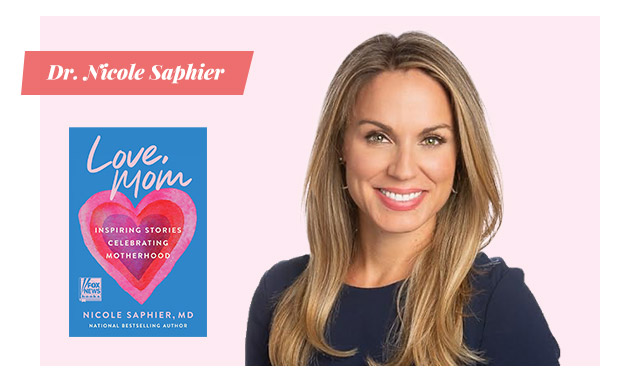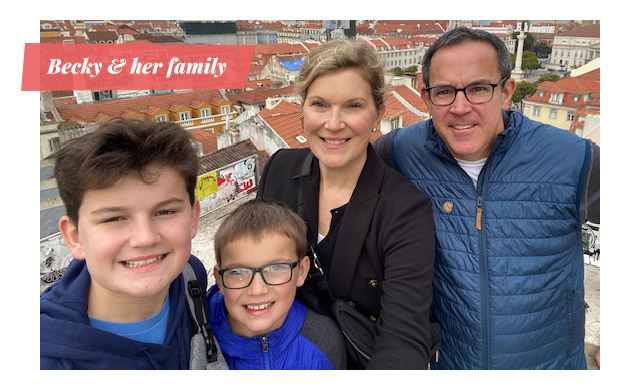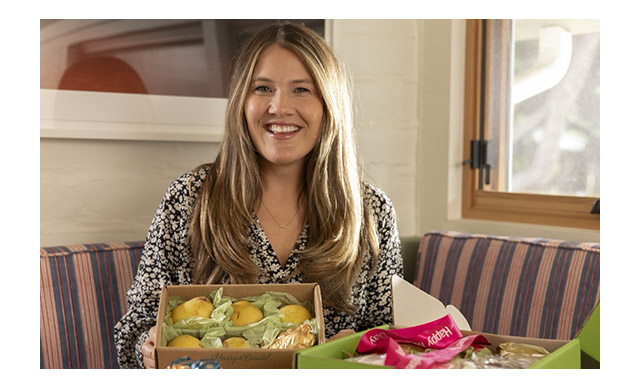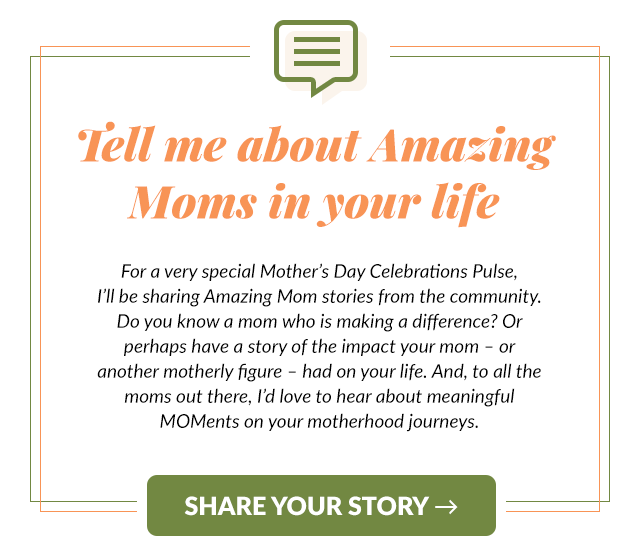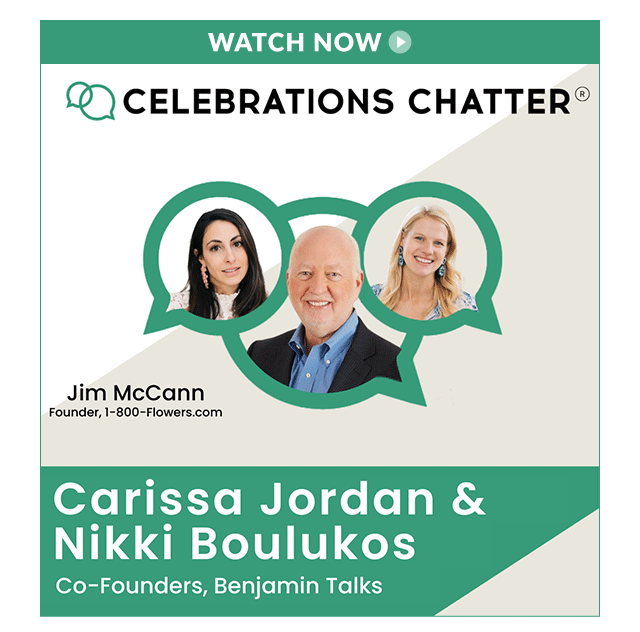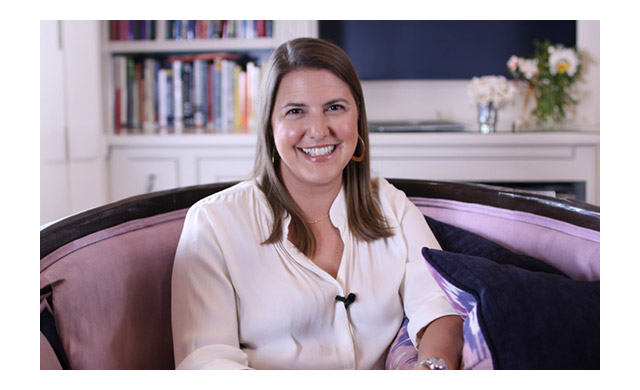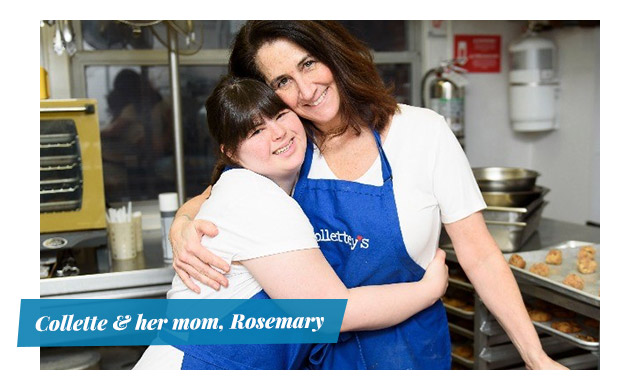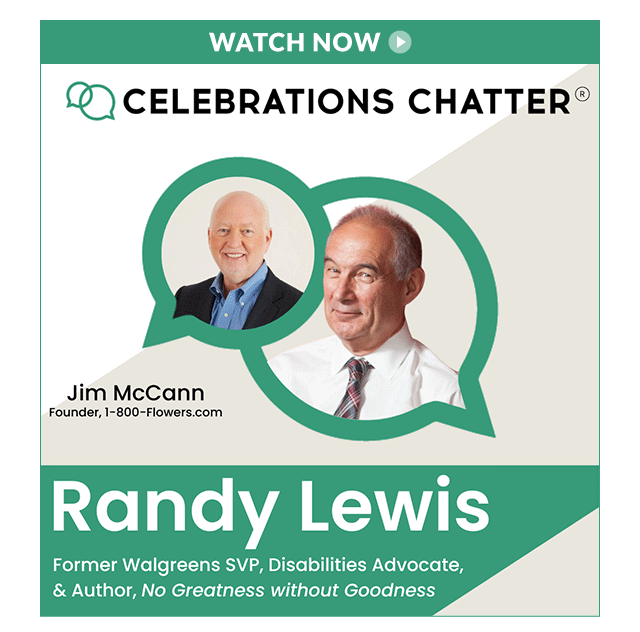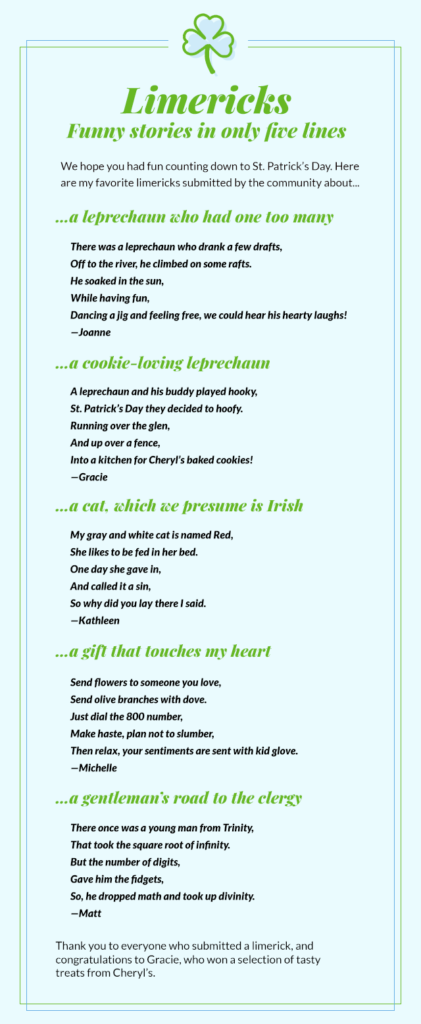Written by our Founder and CEO, the Celebrations Pulse letters aim to engage with our community. By welcoming your ideas and sharing your stories, we want to help you strengthen your relationships with the most important people in your life.
Motherhood is a lifelong journey during which moms provide guidance, teach life skills, and juggle the other demands of raising children while managing family budgets and often navigating their own careers. It’s an adventure of love, resilience, and self-sacrifice.
But it’s not just a singular story. Motherhood, like life itself, is lived in moments. They’re the experiences that shape the essence of the relationship of not just mother and child but also the whole family and the broader community.
These moments – like learning of pregnancy, the first time your child says, “I love you,” or cuddling with her before bedtime – live deep in our hearts and minds. They’re not just about the words spoken or the actions taken; they are about the emotions they evoke and the memories they create.
On this Mother’s Day, I’d like to take a closer look at the lasting impact of these “MOMents” from the perspective of everyone in the family and show how they give us even more reason to celebrate Mom on her special day.
A grandfather’s perspective
As a young father, I admired how my wife, Marylou, handled the toughest job in the world. During that time, we were not only raising a family but also launching a business. Our days were filled with non-stop activity, yet Marylou navigated it all with remarkable skill and composure.
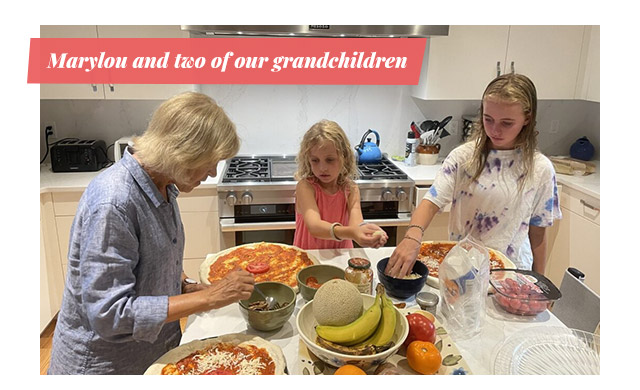
Now, as grandparents, we’re able to step back and observe the next generation, and it’s just awe-inspiring. All three of our kids are amazing parents, and their spouses are equally wonderful. But there’s something about seeing my daughter as a mother that just fills me with such pride.
At times, I like to drop by Erin’s house (sometimes unannounced…) and just sit back and watch her in action, whether it’s preparing a family dinner with her children, helping with homework, or reading bedtime stories.
Going to her home and spending time with her family fills my heart with such warmth, especially when I see her go out of her way for the kids. It’s also fun to watch Marylou teach my granddaughters Abby and Emma how to bake as she passes down recipes from generation to generation.
A child’s perspective
Wanda, a community member, shared that her mom grew up in a bustling household surrounded by siblings. After she married, the young family moved to the country, and her mom’s siblings soon followed. “She still helped take care of her sister’s kids,” Wanda recalls.
But tragedy struck the family. Wanda’s 36-year-old dad was working as a lineman for a utility company when a power pole fell to the ground and killed him. Her mom, while still grieving, had to find work and raise the young family on her own.
The caring spirit of Wanda’s mother has continued for years. Wanda says:
My mom continued taking care of my cousins, who were grown by then and unable to find work. She took care of them until they passed away. She was a good mom then – and at 94 still is! I love her very much.
Wanda’s story is a testament to the enduring love, resilience, and selflessness of mothers – and the power of their response in difficult moments. Despite facing tragic circumstances and immense challenges, her mom’s caring spirit shone brightly, extending love and support not just to her immediate family but also to extended relatives in need. It’s a reminder of the impact a mother’s love can have beyond her own children.
A mom’s perspective
On this week’s Celebrations Chatter podcast, I had the pleasure of speaking with Dr. Nicole Saphier, a medical correspondent on television and a radiologist specializing in the early detection of breast cancer.
Nicole’s journey of motherhood is one of resilience and determination. Originally from Arizona, she was a standout student and athlete in high school when she became pregnant. With the support of her mom, Nicole decided to have the child. As she told me:
I was that statistic. I was the pregnant teenager walking the halls senior year of high school. And I would be lying if I said it was easy, and I went through all the expected emotions. But the decision to have my son created the person that I am today, and I couldn’t imagine life any other way.
Despite her dreams of attending college on the East Coast, Nicole stayed close to home to raise her newborn, worked 30 hours a week, and completed her studies at Arizona State University. Nicole shares, “I was juggling multiple responsibilities, but with the help of my family and friends, I persevered and earned a medical degree in radiology.”
While at college, Nicole’s grandmother died of breast cancer. That moment helped define Nicole’s career path as a specialist in the early detection of the disease.
The importance of sharing stories
Nicole is also the author of the new book, Love Mom, which was inspired by the reaction to her own story and her realization that other moms have stories that can prove helpful to others. It features contributions from numerous moms and touches on difficult topics like depression, miscarriage, divorce, blended families, and more.
When you read other people’s stories, you’re able to get little tidbits of information that may motivate you, may help you, and may support you in something that you’re feeling. I know that we can feel isolated and alone, but at the end of the day, we’re kind of all in it together.
As we celebrate Mother’s Day, let’s also remember and embrace the moments, big and small, that shape our relationships with our moms and enrich our shared journey.
Happy Mother’s Day!
Jim


